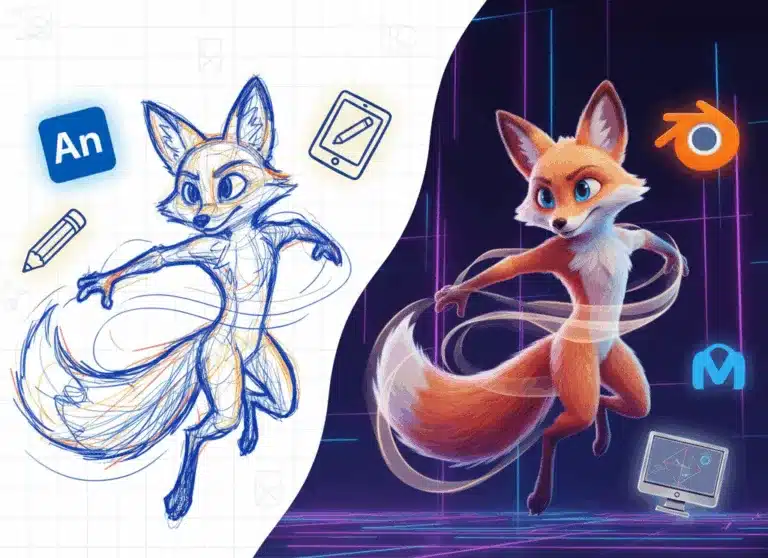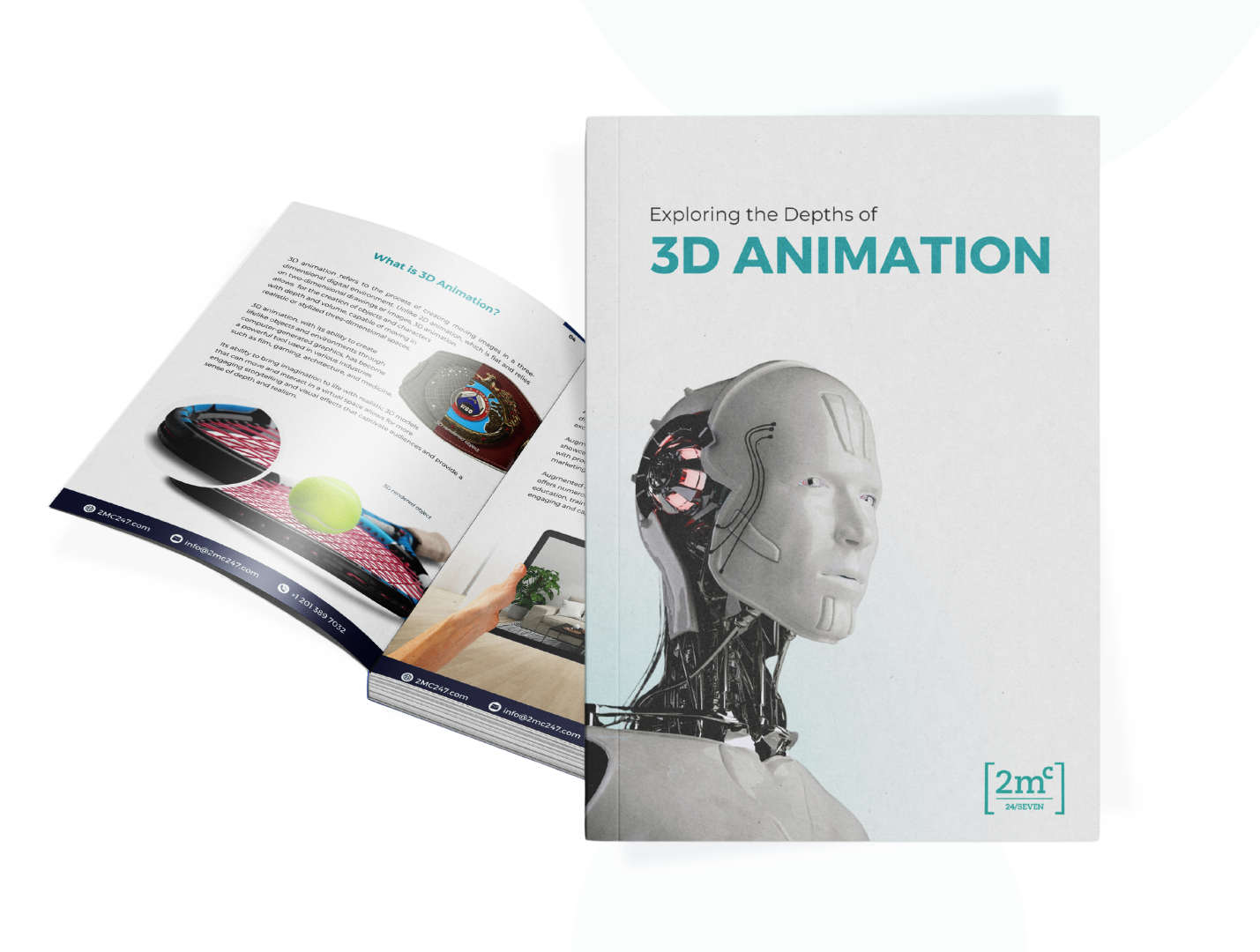The world of interior design has transformed dramatically over the past decade, thanks to technological advancements. One of the key tools driving this transformation is 3D rendering services. These services are particularly impactful in creating realistic furniture renderings. Let’s explore how, why, when, where, and what 3D furniture rendering services are all about.

What are 3D Rendering Services?
3D rendering services involve creating three-dimensional images or animations from a computer model. These models represent real objects or spaces with great accuracy. In interior design, 3D rendering services help visualize rooms or furniture pieces before they are built or purchased. This technology enables designers to experiment with different layouts, colors, and materials, providing a clear visual guide that saves time and money.
Why are Furniture Renderings Important?
Furniture renderings are crucial because they offer a detailed representation of furniture pieces, including shape, size, texture, color, and material. This level of detail helps designers and clients make informed decisions and avoid costly mistakes. Here are the key benefits:
- Enhanced Visualization: Clients can see exactly how a piece of furniture will look in their space, making it easier to make decisions.
- Customization: Designers can easily modify dimensions, materials, and finishes to meet specific needs and preferences.
- Improved Communication: Renderings provide a clear visual reference, ensuring that designers and clients are on the same page.
- Cost and Time Efficiency: Potential issues can be identified and resolved digitally before any physical work begins, saving time and money.
How Do 3D Furniture Rendering Services Work?
The process of creating 3D furniture renderings involves several steps:
- Conceptualization: Designers and clients discuss the vision and requirements, often using sketches, mood boards, and reference images.
- Modeling: Using specialized software, a detailed 3D model of the furniture piece is created with precise measurements.
- Texturing and Lighting: The model is textured to add color and materials, and lighting is simulated to show how the furniture will look under different conditions.
- Rendering: The final images are generated, which can include static images, 360-degree views, or animations.
When Should You Use 3D Rendering Services?
3D rendering services are useful at various stages of the design process:
- Early Planning: When you are in the initial stages of designing a space or selecting furniture.
- Before Purchasing: To visualize how new furniture will fit and look in your space.
- For Custom Designs: When creating bespoke furniture pieces tailored to specific needs and preferences.
- During Client Presentations: To clearly communicate design ideas and options to clients.
Where are 3D Furniture Rendering Services Used?
3D furniture rendering services are used in various industries:
- Interior Design: For visualizing and presenting design concepts to clients.
- Retail: To create realistic product images for online stores.
- Real Estate: For staging homes digitally, helping potential buyers visualize furnished spaces.
- Furniture Manufacturing: To prototype and showcase new furniture designs.
Conclusion
3D rendering services, especially furniture renderings, have revolutionized interior design. They provide enhanced visualization, customization, and communication, making the design process more efficient and enjoyable. Whether you are a designer, homeowner, or business owner, using 3D furniture rendering services can help you achieve a clear and accurate vision of your space, turning design ideas into reality.
By answering the how, why, when, where, and what of 3D furniture rendering services, we see their importance in creating beautiful, functional spaces that meet the needs and desires of their users.





